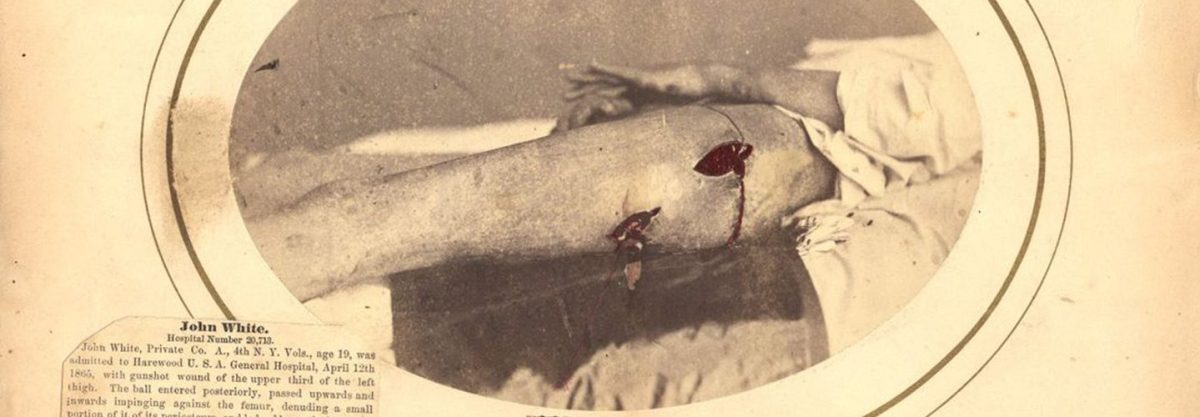The Civil War changed America in countless ways, but one big change was that it affected the way Americans thought about war. Modern technology meant that killing was easier than ever, and those who did not die were left with wounds that doctors had never seen before, let alone treated.
But Smithsonian Magazine writes, modern technology was also able to help some of the wounded soldiers. Reed Bontecou, a doctor, decided to use photography, an innovation at the time, to document the casualties of the Civil War. Bontecou practiced medicine for the army in New York when the war broke out and eventually became Surgeon-in-Chief of the war’s biggest federal general hospital. Inside the hospitals, using cartes de visite, he took the pictures and then marked them with a red pencil to show the trajectory of the bullets. The small, palm-sized photographs are pretty haunting, but they helped teach field surgeons about the wounds and allowed veterans get compensation once the war was over.
Check out some of the images below.
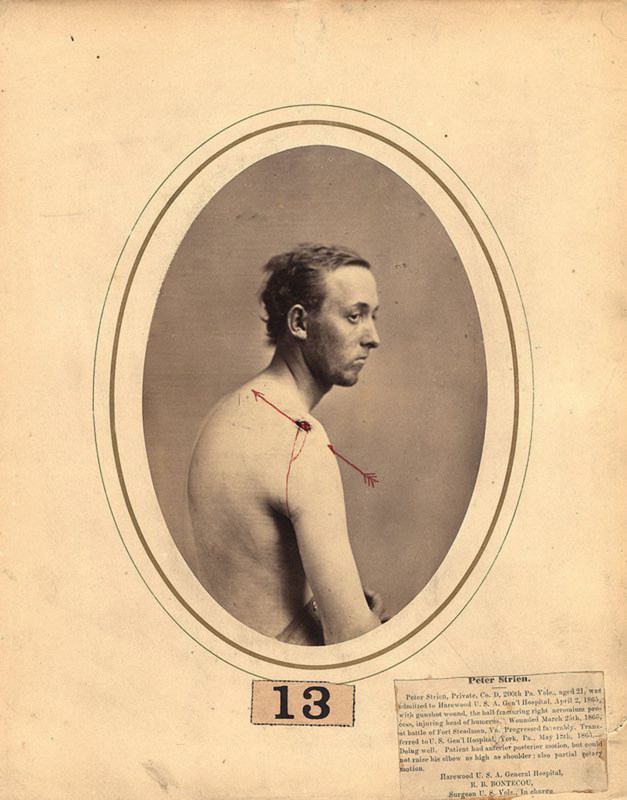
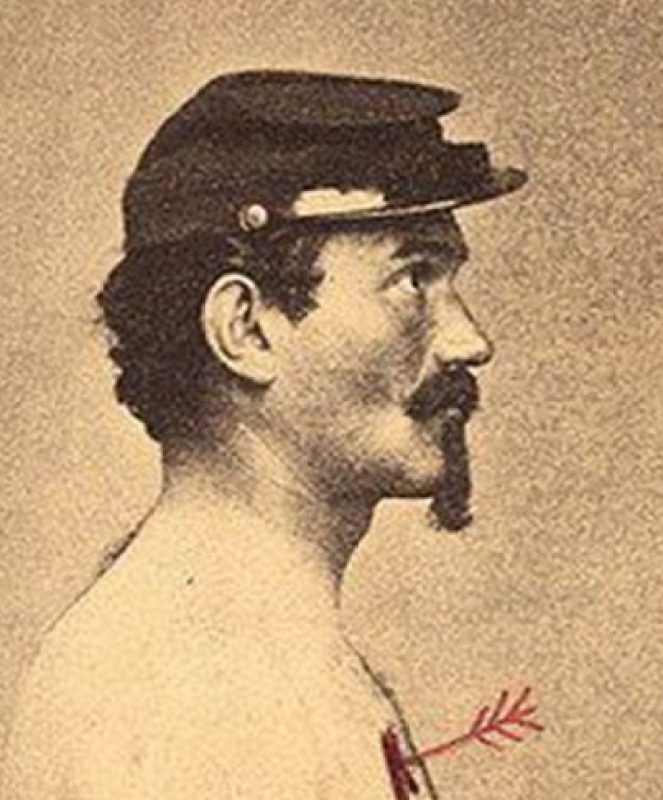
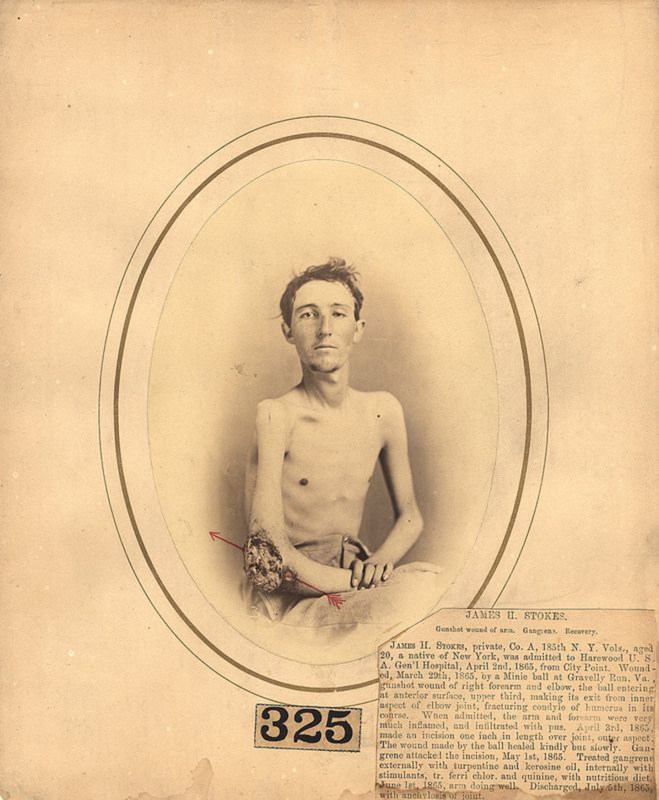
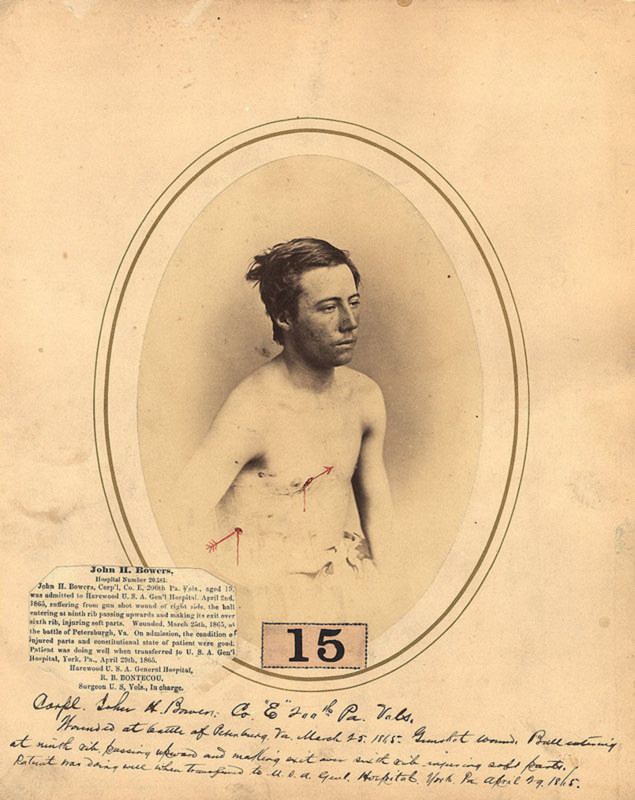
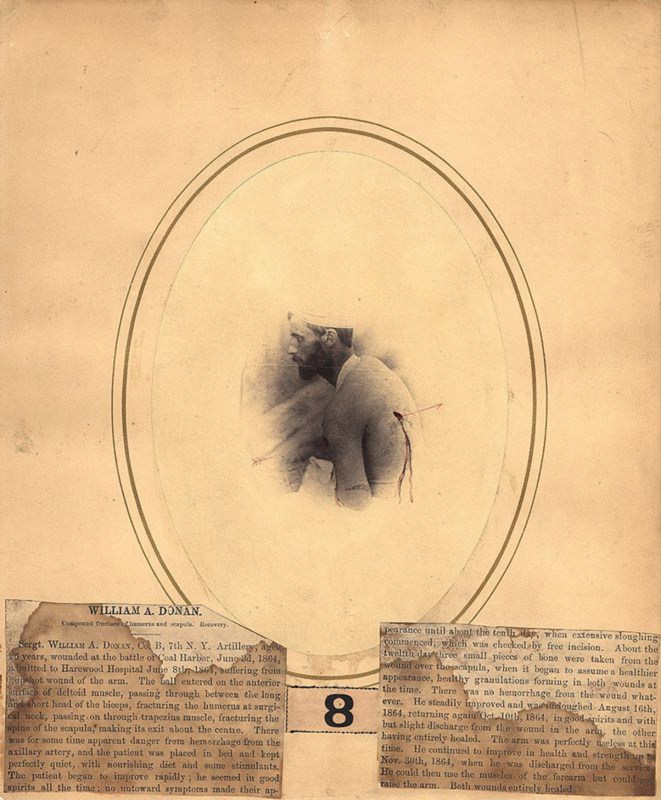
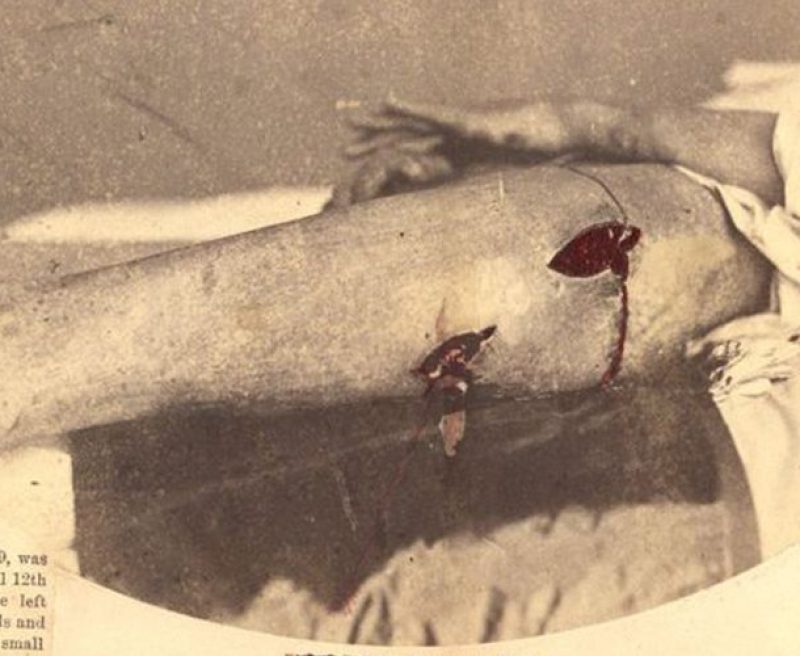
This article was featured in the InsideHook newsletter. Sign up now.
